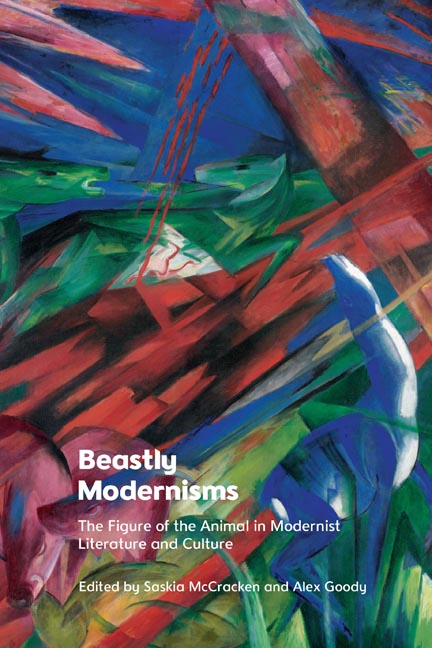Book contents
13 - 1940s Avian Noir
Published online by Cambridge University Press: 21 October 2023
Summary
The Menace of Birds
In a long tradition of Western war literature stretching back to Ancient Greece, birds have appeared in military imagery, from the war cries of Trojan soldiers in The Iliad pouring out ‘like the clamour of cranes’ (Homer 2014: 129), to Aristophanes’ allusions to the Peloponnesian War in his comic fantasy play, The Birds. Embodying the fears and fantasies of twentieth-century aerial warfare, in literary representations of the Second World War this surreal imagery resurfaces in a figurative conflation of birds and aircraft. This chapter examines what I term ‘avian noir’ in the 1940s: war poetry that goes beyond the trope of flight and the aeroplane’s engineered resemblance to a bird with outstretched wings, by exploring the destructive dominance of the aerially positioned beast – bird or machine. From Elizabeth Bishop to Sylvia Townsend-Warner, poets represented the threat of bomber planes by employing rapid and unexpected juxtapositions inherited from modernism, surrealism and the visual language of cinema, but materially underpinned in the 1940s by the lived experience of total war. Especially in female and queer lyric poetry, imagery confusing birds and planes represented distant violence capable of infiltrating women’s intimate spaces. Avian noir, as explored in this chapter, thus touches on wider questions over the relationship between the material otherness of birds and the other, othered voices of noir in wartime modernism.
This 1940s avian noir formed part of a global mid-century moment exploring aerial warfare through the visual language of birds, in a performative reflection on the role of the poetic image within the modern war lyric. The speaker in Anna Akhmatova’s ‘The Wind of War’ (‘Veter Voiny’, 1941), poetically documenting aerial warfare during the siege of Leningrad, depicts bomber planes as ‘birds of death’ (Haughton 2004: 7). Bertolt Brecht’s poem ‘This Summer’s Sky’ (‘Der Himmel dieses Sommers’, 1953) describes bomber planes that appear in the horizon ‘like young starlings, their beaks wide open for food’ (Haughton 2004: 36). In London, H.D. writes in ‘R.A.F.’ (1941) of ‘the flying shadow / of high wings // moving / over the grass’(Keery 2020: 34).
- Type
- Chapter
- Information
- Beastly ModernismsThe Figure of the Animal in Modernist Literature and Culture, pp. 231 - 247Publisher: Edinburgh University PressPrint publication year: 2023

